
Six Ways To Fundy
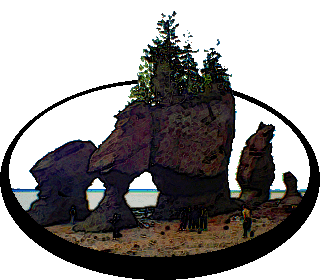

10 May 2022
The North Atlantic Arc Home
| May |
| S | M | T | W | T | F | S |
| 5 | 6 | 7 | ||||
| 8 | 9 | 10 | 11 | 12 | 13 | 14 |
| 15 | 16 | 17 | 18 | 19 | 20 | 21 |
| 22 | 23 | 24 |
 |
|
Tuesday 10 May 2022--I have come to Wolfville on a genealogical mission,
albeit one that is not very serious. Attentive readers will remember that I found
the resting place of my ancestor, Benjamin Allen, veteran of Québec under
General James Wolfe (for whom Wolfville is not named), at Baie Verte, New
Brunswick, ten years ago. Those taking careful notes will also recall that my
great-grandfather, Silas Allen, was raised by his maternal grandparents,
Charles C and Jane Allen; and that his parents were Sarah Allen and
Alexander Seaman. Alexander was likely the great-grandson of Jacomiah
Seaman--the source material I have is a little fuzzy on the exact lineage--a
Loyalist who came to Canada from Hempstead, New York, on Long Island.
The Seamans had originally landed in Massachusetts around 1630. As a
curious side note, my friend Scott in Portsmouth, New Hampshire, last seen
just a few days ago, grew up on Long Island, and tells me he had a teacher
named Mr Seaman in high school, from whom he received, and to whom he gave,
a hard time. It seems more than likely that he would be a distant cousin of mine.
Anyway, information I unearthed recently suggested that Seamans had at some point settled in a community called Horton, or Hortonville, Nova Scotia. I was surprised to learn that Horton appeared to be directly adjacent to the old Acadian village of Grand-Pré, a place I've visited many times. As I say, this information isn't really all that significant to my genealogy; I already knew that most of Jacomiah's descendants--the ones important to me, anyway--stayed somewhere on the coast of the Northumberland Strait, else Alexander and Sarah would never have met. But it provided a hook for exploration, and the fact that there is a pleasant town like Wolfville quite close by, with suitable lodgings and a very nice brewpub to boot, sealed the deal. I considered stays of various lengths, and settled on four nights, long enough for a good look around. My goal today is to explore the immediate environs, to see what I can learn about an area that is familiar from bus tours, but not to any real depth. Grand-Pré is directly east of Wolfville, and just two miles or so from my hotel, along the old post road, is a small park on a hill with a view across the great meadow to the north. Acadians settled this place in about 1680. The flat agricultural land in front of me was up until then marsh and mud flat, flooded at the peak of Fundy's massive tides; the low wooded ridge at the far side of that was an island. The new settlers enclosed the flats with dikes, creating fertile farmland. One of the interpretive signs calls it a polder, a word I learned only fairly recently, while researching similar areas in the Netherlands. France ceded Acadia to the British in 1713. For the next forty years, the resident Acadians were in a precarious position, pressured by both France and England. (See Wikipedia article on the Acadian Exodus for more context and detail.) Some took one side, some the other; probably most wanted nothing more than to farm their farms and live their lives. But Father Le Loutre's War, a precursor to the French & Indian War, was an inflection point, as Le Loutre led Acadians in guerilla action against the British. The upshot was le Grand Dérangement, the deportation of the Acadians, in 1755. It was not until 1760 that a program of resettlement brought the so-called New England planters north to occupy the former Acadian lands. Just east of Grand-Pré, a grid of streets still shows the township of Horton, laid out in typically anal British colonial fashion, meant to be the new center of settlement. There are house lots along these streets still, but the township itself never took hold; the farming folk quite sensibly adopted the Acadian land-use patterns, and the town folk gravitated toward Mud Creek, which eventually became Wolfville, named for postmaster Elisha DeWolf. There is nonetheless an old cemetery in Horton, which I comb in search of Seamans, fruitlessly. Down at Horton Landing, evidently the spot from which Acadians were shipped away and to which New England planters arrived, there is a cross commemorating the departed Acadians. It's an oddly empty and lonely place, quiet and still, not hinting in the least at the turmoil of people going in despair and coming in hope. The Grand-Pré National Historic Site highlights the plight of the Acadians. The visitor center isn't open for the season yet, but I've been in many times on bus tours. The grounds are ungated, and I go in for a stroll around. It was Henry Wadsworth Longfellow's epic poem Evangeline, published in 1847, that brought the largely forgotten Acadian story to public light, and spurred the creation of this site. A statue of the fictional Evangeline stands in front of the memorial church, built in the 1920s. The surrounding landscape is a UNESCO World Heritage Site. I drive up to North Grand-Pré, the former island, and walk on Evangeline Beach, which would perhaps look like the surface of Mars, if you could ignore the Minas Basin and wooded Cape Blomidon beyond, and any moisture you happened to find underfoot. Then I drive back across the meadows, and end up at Horton Ridge Malt & Grain, a microbrewery that sits just below the 101 and just above the Gaspereau valley. It's obvious that it isn't open, but a young gent pops his head out the door and invites me in. I enjoy a pint and a blether with him before returning to Wolfville via the Gaspereau valley. Next |
Around Grand-Pré
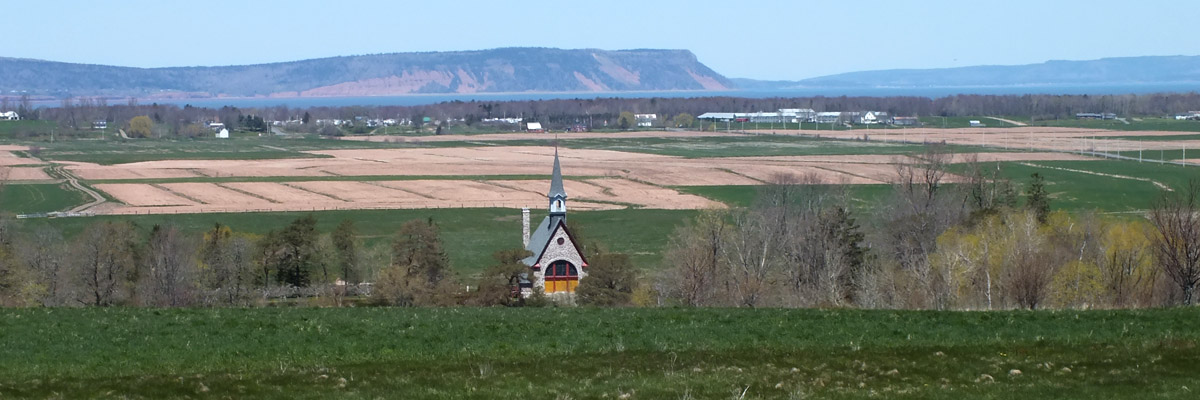 |
Grand-Pré
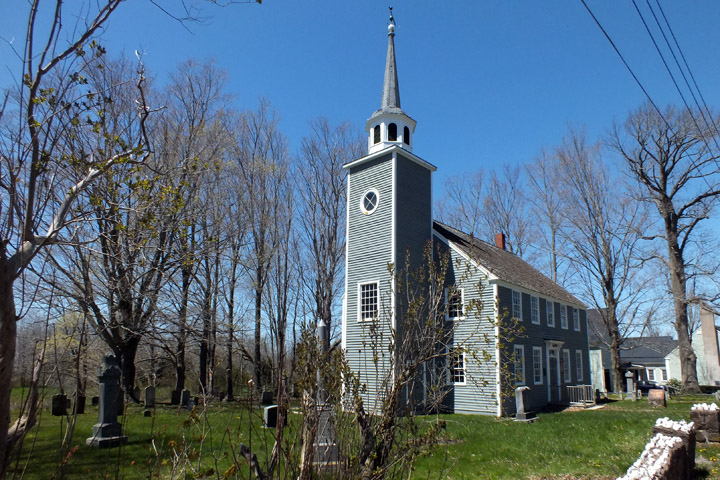 |
Covenanter Church
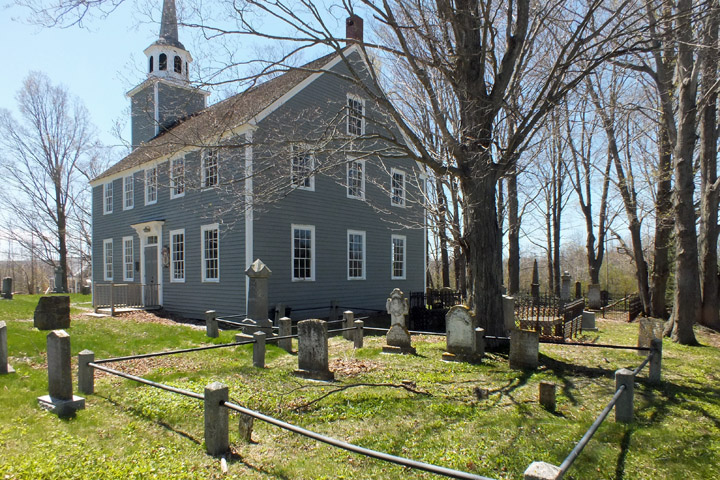 |
Covenanter Church
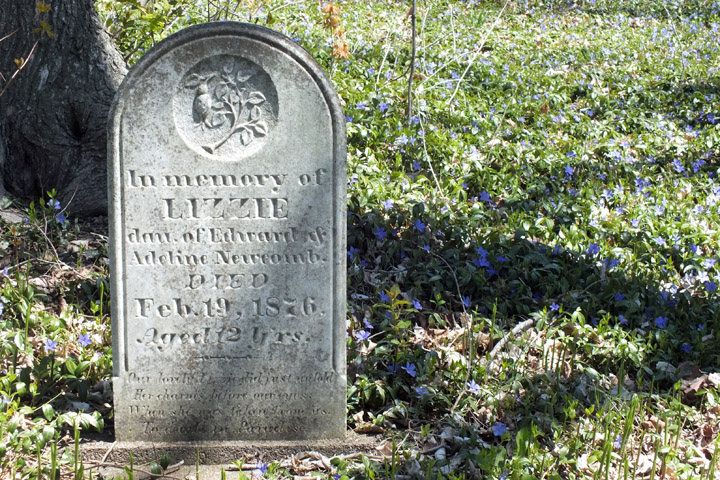 |
Lizzie Newcomb Aged 12 Yrs
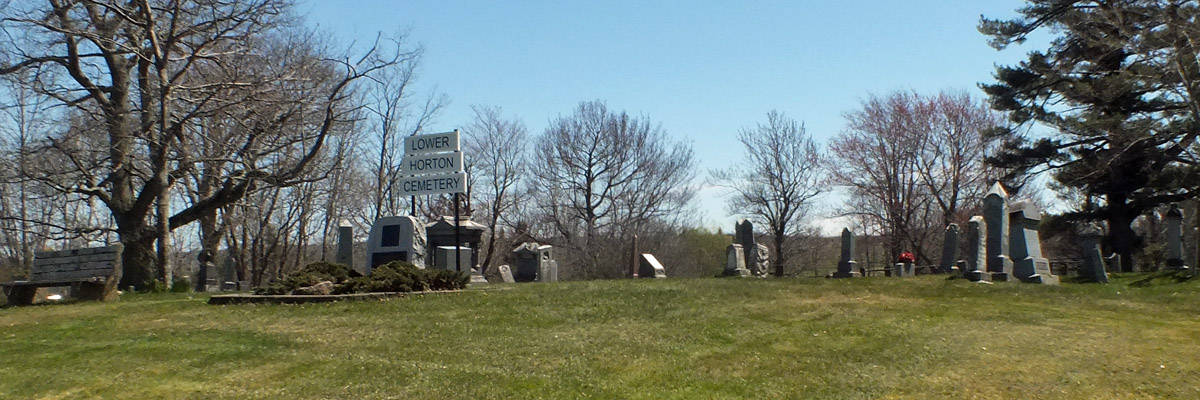 |
Lower Horton Cemetery
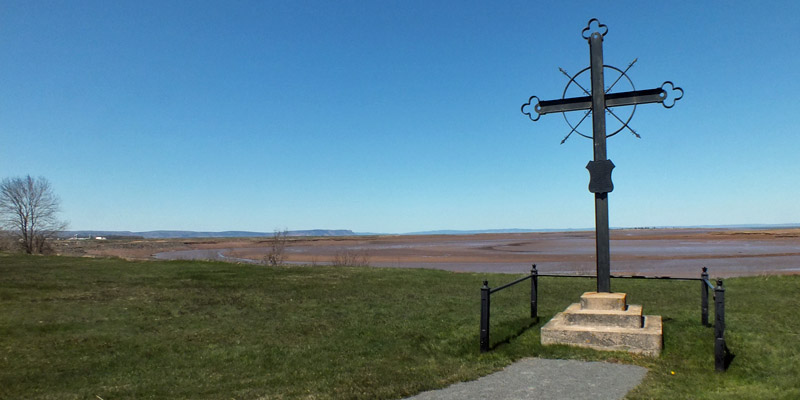 |
Acadian Memorial, Horton Landing
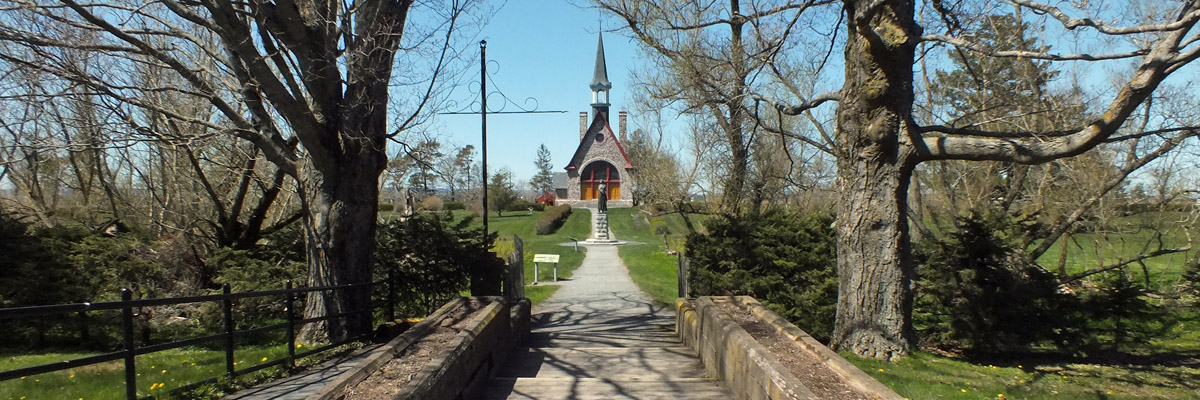 |
Grand-Pré National Historic Site
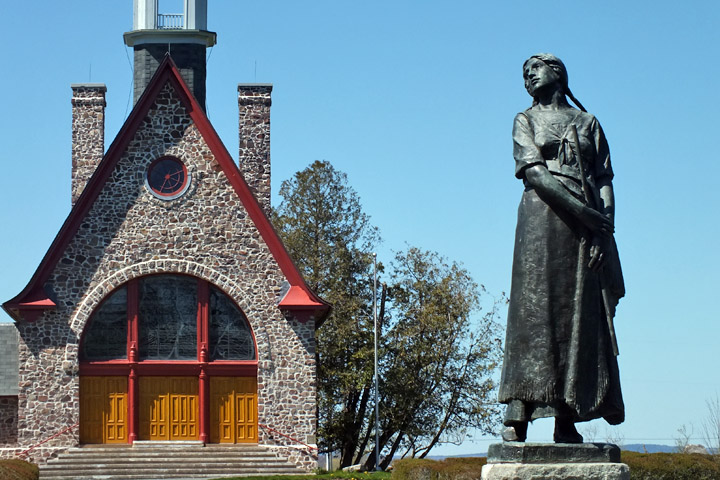 |
Evangeline
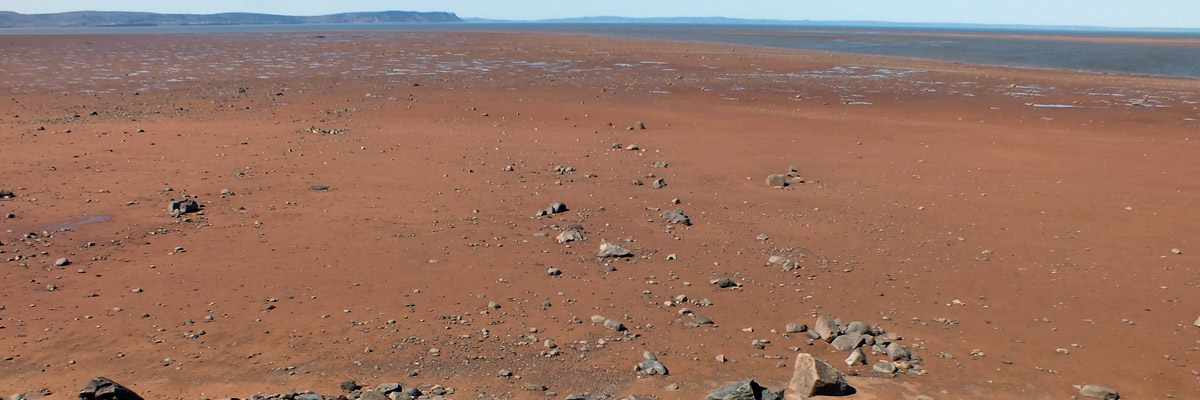 |
Evangeline Beach
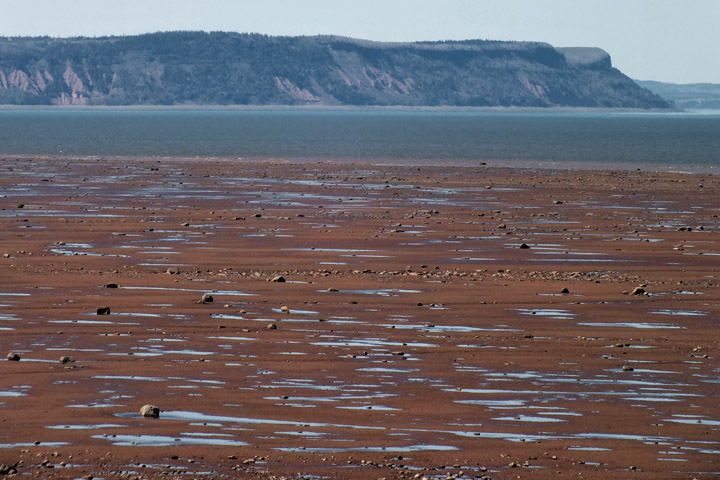 |
Cape Blomidon
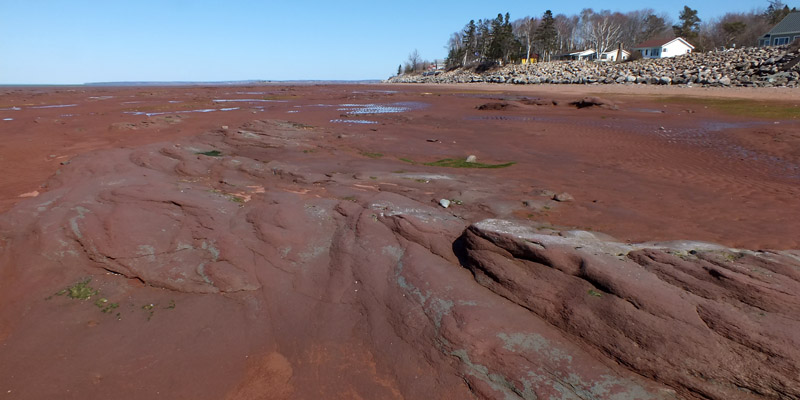 |
Evangeline Beach
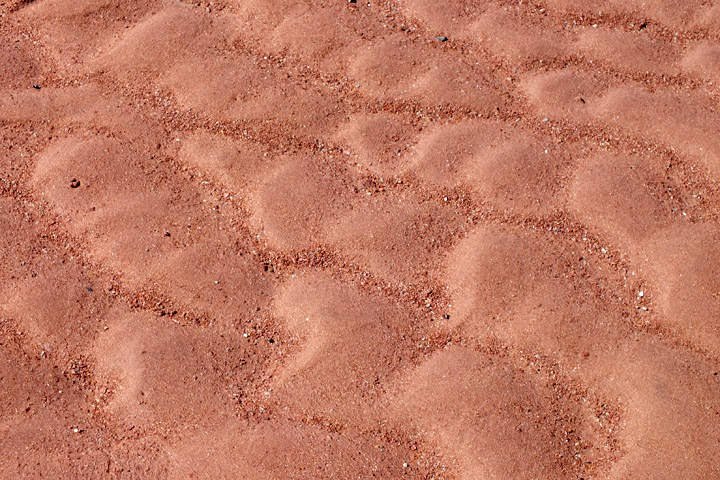 |
But...
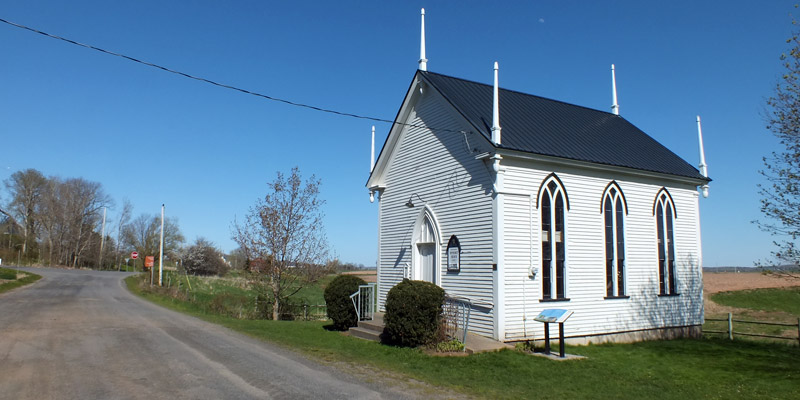 |
North Grand-Pré Community Church
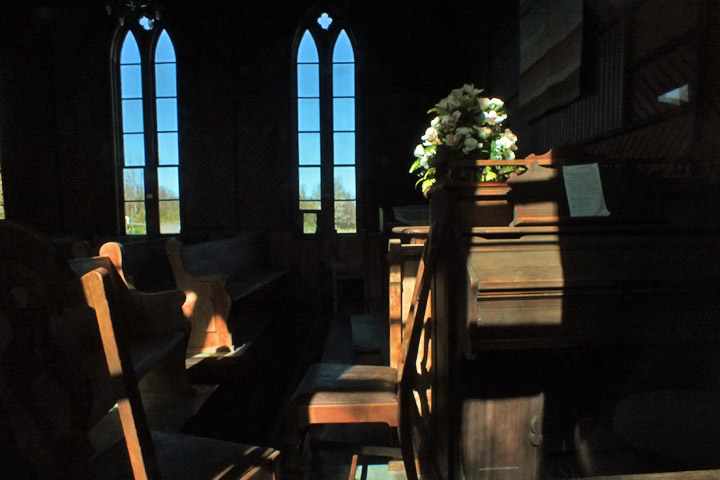 |
North Grand-Pré Community Church
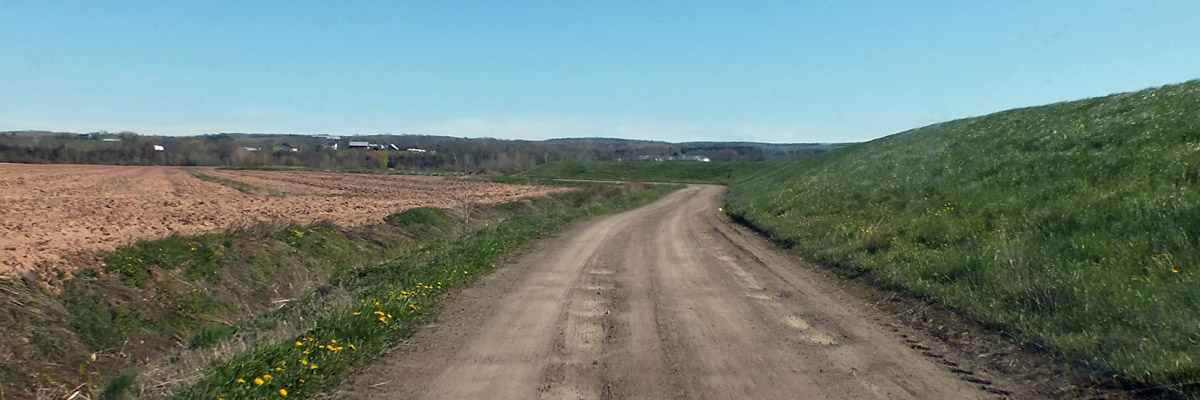 |
Across The Meadows
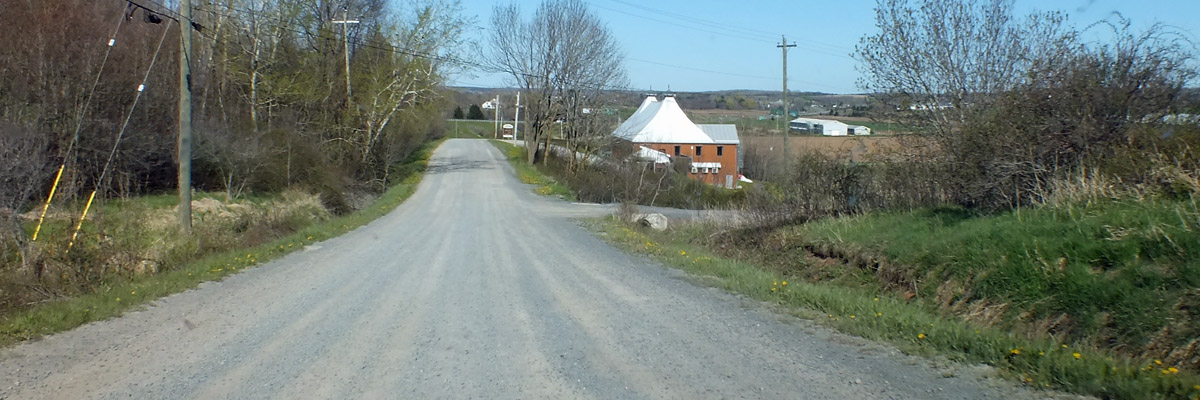 |
Horton Ridge
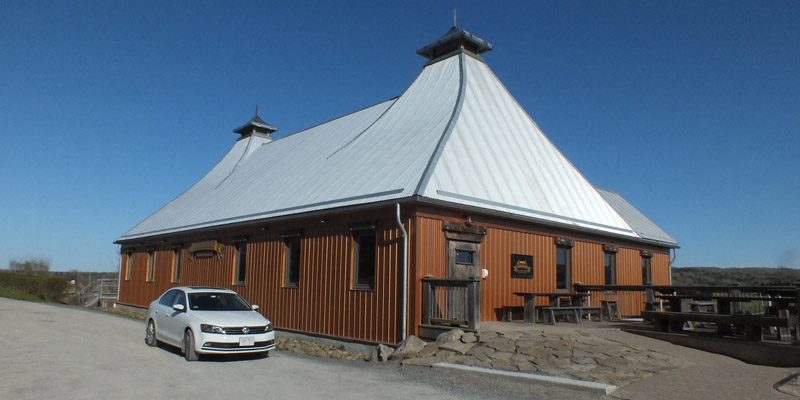 |
Horton Ridge
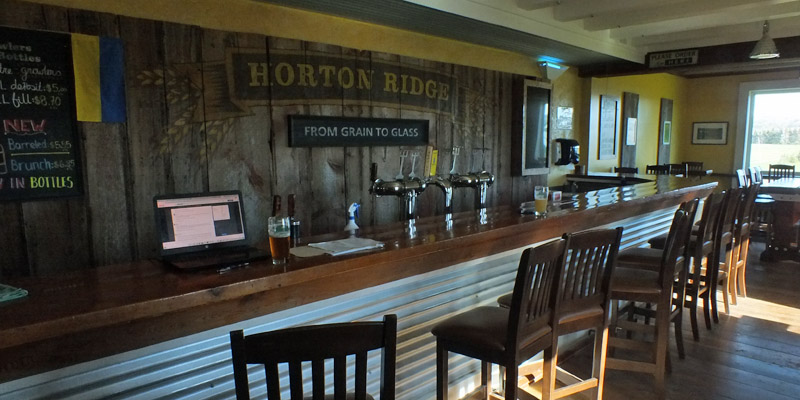 |
Horton Ridge
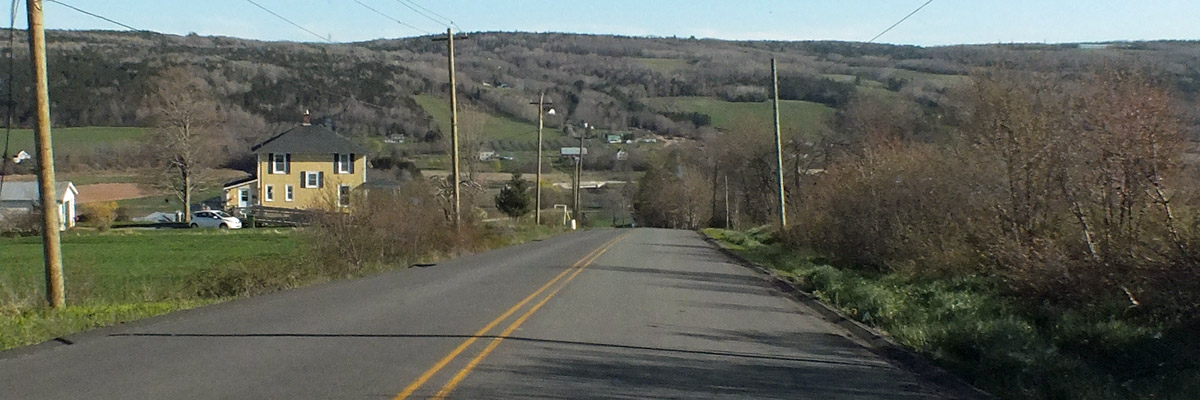 |
Gaspereau Valley
Next
| May |
| S | M | T | W | T | F | S |
| 5 | 6 | 7 | ||||
| 8 | 9 | 10 | 11 | 12 | 13 | 14 |
| 15 | 16 | 17 | 18 | 19 | 20 | 21 |
| 22 | 23 | 24 |
The North Atlantic Arc Home
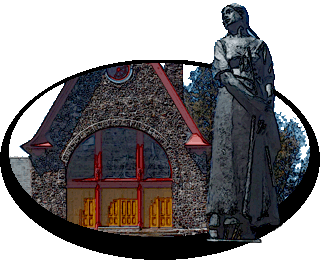
Mr Tattie Heid's Mileage
Results may vary
MrTattieHeid1954@gmail.com